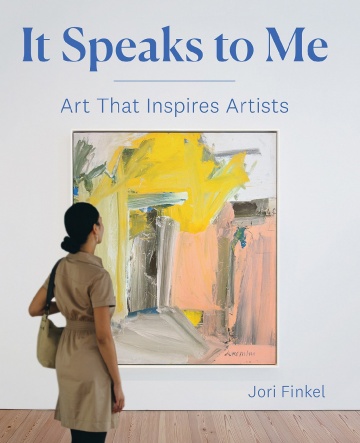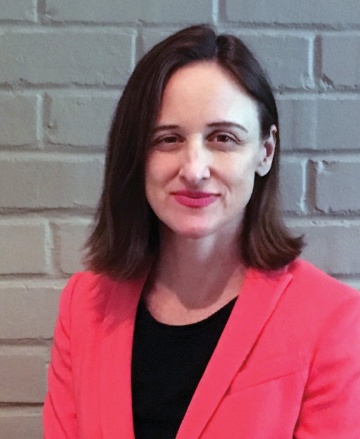Jori Finkel ’92 asks 50 creators about their objects of inspiration in It Speaks to Me: Art That Inspires Artists.
Columbia College | Columbia University in the City of New York
Jori Finkel ’92 asks 50 creators about their objects of inspiration in It Speaks to Me: Art That Inspires Artists.

In the early 1990s, Jori Finkel ’92 was working shifts for Columbia’s famed Bartending Agency. Students from the agency were staffed at birthday parties, after-parties and gallery openings, where Finkel got an early and intense insider’s look at New York City’s high-flying art world. At the end of one night at the Mary Boone Gallery, she watched as hundreds of empty champagne glasses were stacked into a kind of translucent sculpture. “You would basically pop open champagne bottles until your thumbs were bloody,” she tells CCT.
Fast-forward to Los Angeles, 2010. Finkel was now part of the art world herself, as a lead arts reporter for the Los Angeles Times. Frustrated by standard coverage, she wanted to make the Times’s approach more vivid and accessible by getting the voices of artists directly to the public. She conceived of a monthly column, “It Speaks to Me,” in which an L.A. artist would be interviewed about an artwork from a local museum. The format was brief, the photo was (usually) black and white, but Finkel knew she was on to something.
Her column idea also stemmed from her love/hate reaction to standard museum wall labels. Known as “didactics,” to Finkel’s mind they were all too often wooden and scholarly, a type of text that distanced the viewer instead of bringing them closer and into the work. What if, instead of art history experts, gallery-goers could interface with artworks through the words of art creators who are, as Finkel says, “experts in seeing”?
Finkel imagined turning her idea into a book, and began work on the project in 2015. Fifty artists participated in what became It Speaks to Me: Art That Inspires Artists (Prestel, $29.95). Some were emerging talents, others, like David Hockney and Marina Abramović, were already renowned. The artists were asked to choose their objects of inspiration from hometown museums — Finkel imagined the book could also function as a sort of travel guide that could accompany an art fan from museum to far-flung museum.

Jori Finkel '92
The project took about three years, with her time more often spent lining up the artists than interviewing them. And the artists’ selections were not necessarily what she’d expected. Hockney, known for his “California modern” work, chose a copy of a French Baroque painting; Abramović chose a sculpture from the out-of-fashion Futurist movement. Asked which of her artists’ choices was the most surprising, Finkel mentions the interview she did with the political dissident Ai Weiwei.
“Artists don’t always play by the rules,” she says. When he was asked to choose an artwork, Ai first suggested the New York City skyline. Then he zeroed in on an ancient piece of carved jade, and their hour-long conversation turned into “one of the most generous and eye-opening” exchanges Finkel had. Ai revealed that when he was growing up during China’s Cultural Revolution, it could be dangerous to own jade. Now, years later, the artist had become a top collector of the luminous stone. Finkel adds, “It’s a passion of his he rarely speaks about.”
Now that the collection is published, Finkel is embarking on a series of summer talks and signings, from Toronto, to the Hamptons, to New Mexico, where she’ll meet with contributor Judy Chicago. What’s next? Maybe, she hopes, more of the same. “Working on this book has been so much fun, I am tempted to turn it into a series.”
— Rose Kernochan BC’82

Published three times a year by Columbia College for alumni, students, faculty, parents and friends.
Columbia Alumni Center
622 W. 113th St., MC 4530, 6th Fl.
New York, NY 10025
212-851-7852
cct@columbia.edu

Columbia Alumni Center
622 W. 113th St., MC 4530, 4th Fl.
New York, NY 10025
212-851-7488
ccalumni@columbia.edu